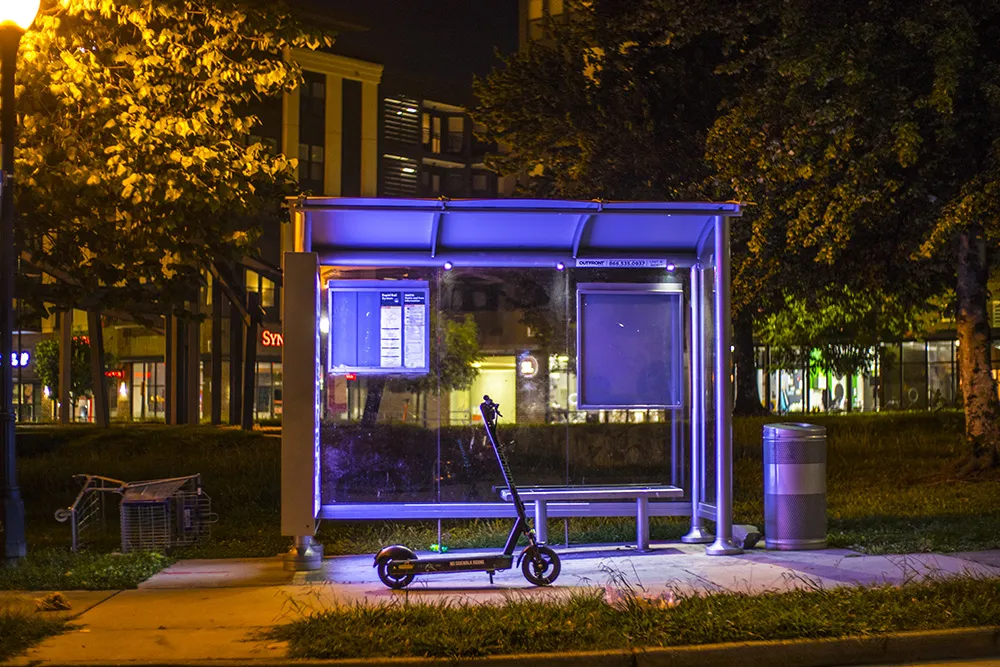
The spread of a new generation of travel apps such as Citymapper will open up unprecedented opportunities for transport authorities and city planners as much as they help individual travellers minimise their travel times.
These apps for mobile phones (and increasingly in-vehicle satellite navigation systems) show users the quickest route to their destination. They take into account real-time traffic congestion on potential routes, delays or otherwise on the trains, metro and mass transit systems and whether it is faster to walk or cycle. And because they cover all travel modes, if there is a problem in one area - be that on the roads or in a metro network - travellers using these apps will automatically be directed towards an alternative route or travel mode.
However, the opposite is also true. When congestion is alleviated in one area (a new road is built or a metro line is upgraded), these apps will detect the shorter travel time and direct more travellers to use the new route or service. This will continue until the new route or service becomes as popular as the existing alternatives and an equilibrium is created across all modes and route options.
In performing this modal balancing act, the apps provide authorities and transport planners with the freedom they need to design, plan and implement the transport systems needed to cope with increasing volumes of travellers and freight. Instead of effectively limiting themselves to overcoming current problems on individual routes and individual modes, authorities and transport planners will now have much greater licence to think about ‘the big picture’. This may be aided by high-level data from those apps regarding modal splits and comparative travel times.
Armed with this information, planners can devise the multimodal transport systems required for tomorrow’s travellers, while knowing that the new apps will route people away from the disruption during the construction phase and towards the service or facility once it is completed.
National, local and city authorities must take advantage of this opportunity to plan and implement tomorrow’s transport systems. That said, care must be taken because with these apps the ‘predict and provide’ model will be self-fulfilling – or self-fulfilling even faster than it was in the past.
It remains, however, an opportunity authorities must not miss.










